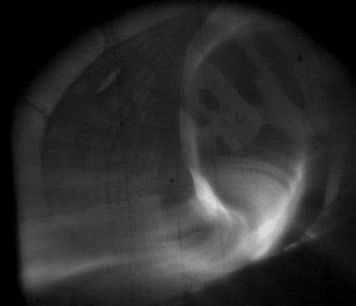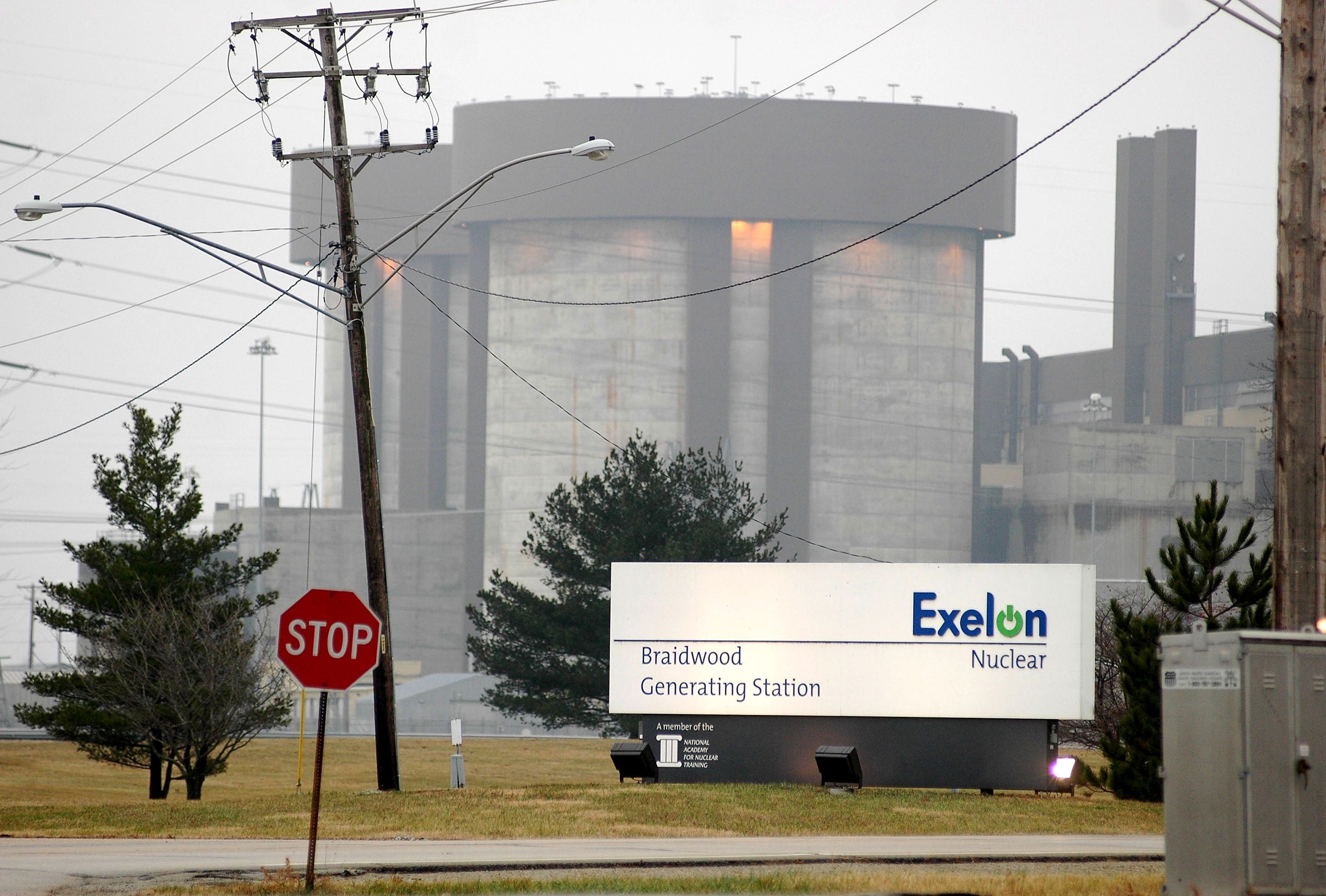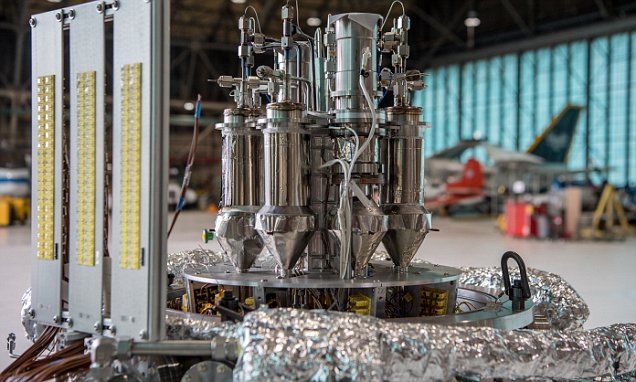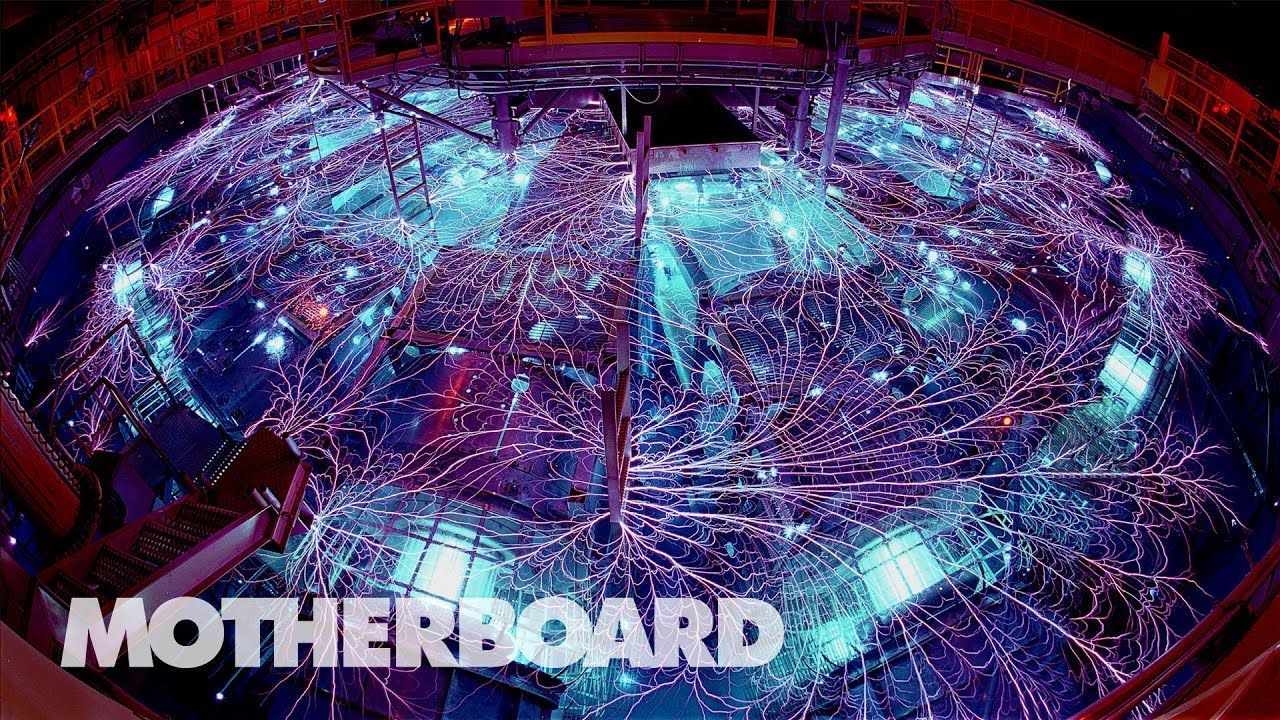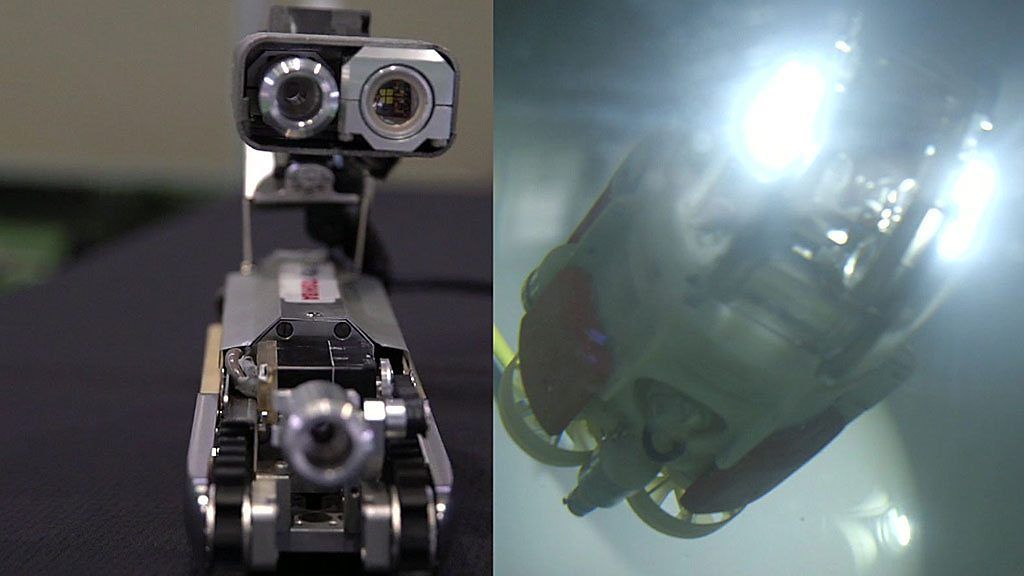This sort of thing is rapidly going mainstream, and de Grey, if still a fringe thinker, seems increasingly less so. At the very least, medical science has progressed to the point where “negligible senescence” — eternal youth, more or less — is something it might be a good idea to start talking about before it is suddenly upon us without our having thought through the implications. As with most of the other miracle technologies that have turned our lives inside out over the past 100 years — rampant automation, nuclear power, virtual reality, artificial intelligence and so on — this one, as Shukan Gendai points out, has its dark side.
Is death inevitable? True, everyone born before Aug. 4, 1900, has proved mortal (the world’s oldest-known living person, a Japanese woman named Nabi Tajima, was born on that date). But the past is only an imperfect guide to the future, as the effervescent present is ceaselessly teaching us.
Must we die? We ourselves probably must. But our children, our grandchildren — or if not them, theirs — may, conceivably, be the beneficiaries of the greatest revolution ever: the conquest of death.
Read more
